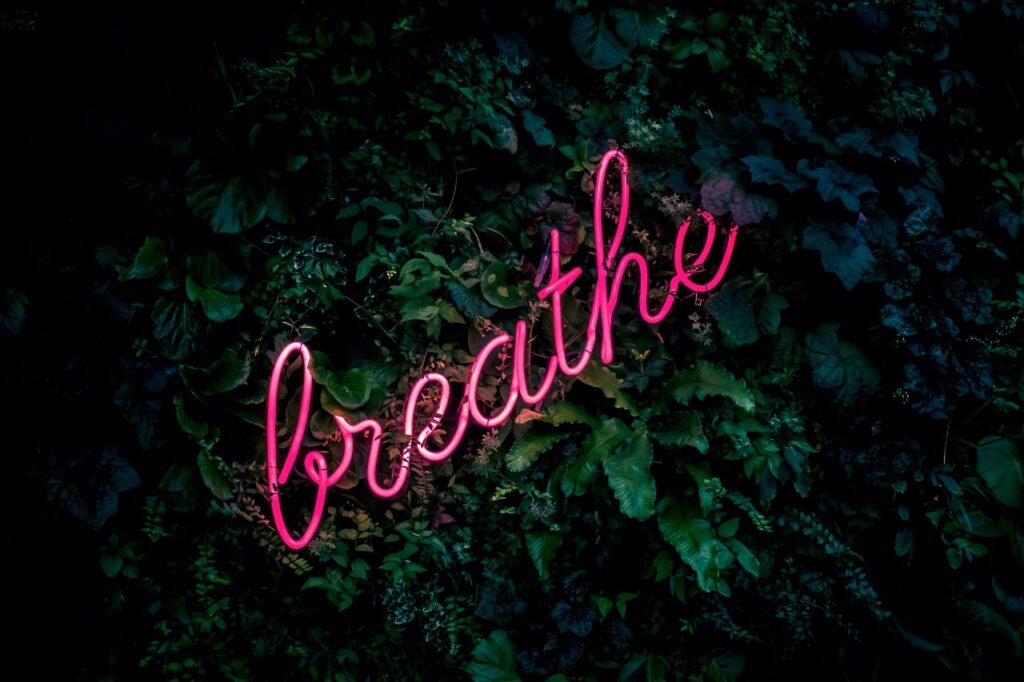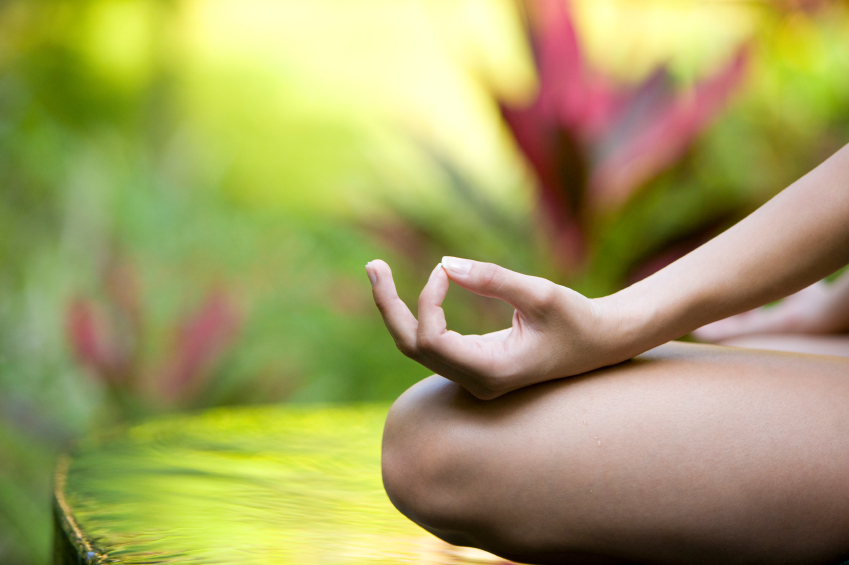
Trauma-informed yoga is a specialized approach to yoga that considers the physical, mental, and emotional well-being of individuals who have experienced trauma.
Each class or session is designed to create a safe and supportive environment for you and aims to avoid triggering any distressing experiences or emotions that may be associated with trauma.
What is Trauma?
Trauma refers to a distressing or disturbing event or series of events that overwhelm an individual’s ability to cope, leaving them feeling overwhelmed, powerless, and emotionally or physically harmed. Traumatic experiences can be of various types and intensity, and they may be physical, emotional, or psychological in nature.
Common Examples of Traumatic Events Include but are not limited to:
- Physical abuse or assault
- Emotional or psychological abuse
- Sexual abuse or assault
- Natural disasters (e.g., earthquakes, floods)
- Accidents (e.g., car crashes)
- Combat experiences (in military personnel)
- Witnessing violence or death
- Serious illnesses or medical procedures
- Loss of a loved one
- Bullying or harassment
These types of events can have profound and long-lasting effects on an individual’s mental, emotional, and physical well-being. It can disrupt normal coping mechanisms and lead to a range of emotional responses, such as fear, anxiety, depression, anger, guilt, or shame. Additionally, trauma can also impact memory, relationships, and overall functioning.
Post-Traumatic Stress Disorder (PTSD) is a recognized mental health condition that can develop following exposure to a traumatic event. However, not everyone who experiences trauma will develop PTSD.
It’s important to understand that people respond differently to traumatic experiences, and what may be traumatic for one person may not be the same for another. Seeking professional help and support from mental health professionals is crucial for individuals dealing with the effects of trauma. Treatment options can include therapy, counseling, and, in some cases, medication to help manage symptoms and promote healing.
Key Principles of Trauma-Informed Yoga:
Safety and Choice: A Trauma-Informed Yoga teacher will create a safe and non-threatening environment. You are free to make choices throughout the practice, such as modifying poses or taking breaks as needed.
Empowerment: Participants will feel empowered! Teachers will give them a sense of control over their bodies and experiences. They use invitational language, allowing participants to explore sensations and movements at their own pace.
Awareness of Triggers: Your teacher will be aware of and avoid potential triggers and language or guiding practices that may be upsetting to you if you have a trauma background.
Body Awareness and Sensation: Connect with your body in a gentle and supportive manner. You will focus more on body awareness and sensation, rather than achieving specific poses.
Mindfulness and Breath: Mindfulness techniques and breathwork can help individuals regulate their nervous system and cope with stress and anxiety. This is a crucial part of trauma-informed practice.
Grounding and Centering: Teachers will guide you to feel more grounded and present in the moment. This might be especially helpful if you experience dissociation or feelings of being disconnected from your body.
Specialty Trained Teachers are a Must
Trauma-informed yoga teachers typically undergo specialized training to gain a deeper understanding of the effects of trauma on the body and mind. We approach students with sensitivity, compassion, and deep respect for each individual’s unique healing process.
It’s important to note that trauma-informed yoga is not meant to replace therapy or other trauma-focused treatments but can be used as a complementary practice to support healing and resilience. If someone has experienced trauma and is considering participating in a trauma-informed yoga class, it’s advisable to discuss it with a mental health professional to ensure it aligns with their specific needs and healing journey.

Want to Immerse Yourself?
A yoga retreat is just the thing to reboot yourself, mind, body, and soul. Not sure what to expect? Check out this article or visit our Retreat page!








